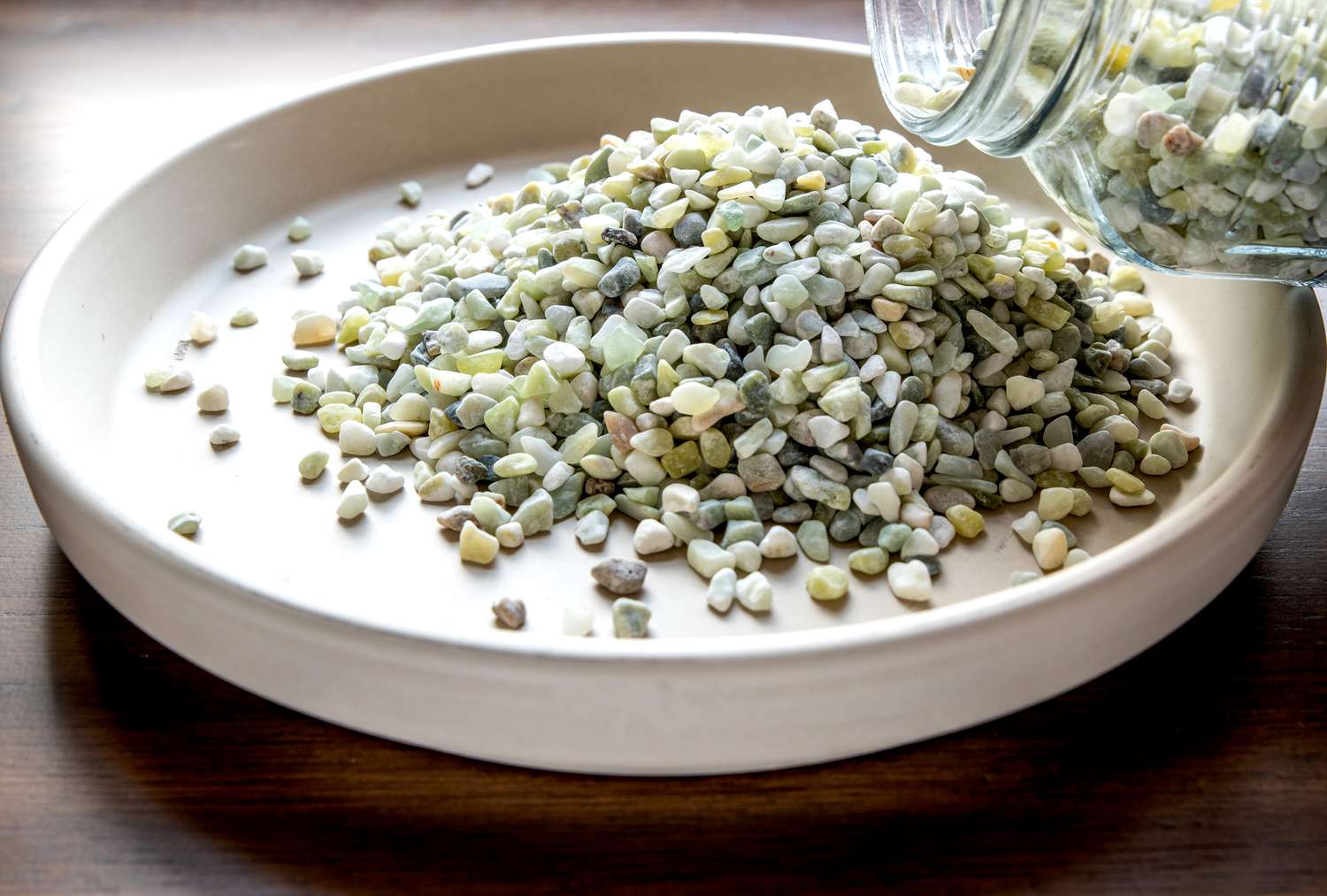Selecting the right soil for your houseplants is a crucial step in ensuring they thrive. While it may be tempting to assume that any soil will do, the reality is that different plants have specific needs that can greatly impact their health and growth. Here's everything you need to know about finding the perfect soil for your indoor greenery.
What Makes Good Houseplant Soil?
Good houseplant soil provides the right balance of aeration, moisture retention, and nutrients. It should drain well to prevent water from sitting around the roots, which can lead to root rot. At the same time, it should retain enough moisture to keep the plant hydrated between waterings. Most importantly, the soil should be loose and light, allowing roots to breathe and grow without restriction.
Understanding Different Soil Types
Not all soils are created equal, and houseplants often require a specific type of soil mix to mimic their natural environment. Here are some common types of soil and their benefits:
All-Purpose Potting Soil: Suitable for many houseplants, this mix typically contains peat moss, perlite, and compost. It’s a great starting point for general indoor plants.
Cactus and Succulent Mix: This soil has excellent drainage and is ideal for plants that thrive in arid conditions, such as cacti and succulents.
Orchid Mix: Orchids need bark-based soil to support their unique root systems and provide adequate airflow.
African Violet Soil: This mix is slightly acidic and rich in organic matter, catering to the specific needs of African violets.
Matching Soil to Your Plant’s Needs
Knowing your plant’s native environment is key to choosing the right soil. Here are a few examples:
Tropical Plants: These plants, like ferns and peace lilies, prefer soil that retains moisture but doesn’t stay soggy. A peat-based mix with added perlite works well.
Desert Plants: Succulents and cacti thrive in sandy, well-draining soil. Avoid heavy mixes that retain too much water.
Epiphytic Plants: Plants like orchids and bromeliads grow naturally on trees and need a bark-heavy mix that provides excellent drainage and airflow.
Tips for Success
Avoid Garden Soil: Soil from your garden is often too dense for houseplants and may contain pests or pathogens.
Repot When Necessary: Over time, soil can compact or lose nutrients. Repot your plants every year or two with fresh soil to keep them healthy.
Add Amendments: Boost your soil’s properties by adding perlite for drainage, coconut coir for water retention, or compost for nutrients.
Test the Soil: Ensure the pH level is suitable for your plant. Most houseplants prefer a pH between 6.0 and 7.0.
Final Thoughts
The right soil can make all the difference for your houseplants. By understanding their natural environments and tailoring the soil mix to meet their needs, you can set your plants up for long-term success. With a little care and attention, your indoor jungle will flourish, bringing life and beauty to your home.



Leave a comment
This site is protected by hCaptcha and the hCaptcha Privacy Policy and Terms of Service apply.